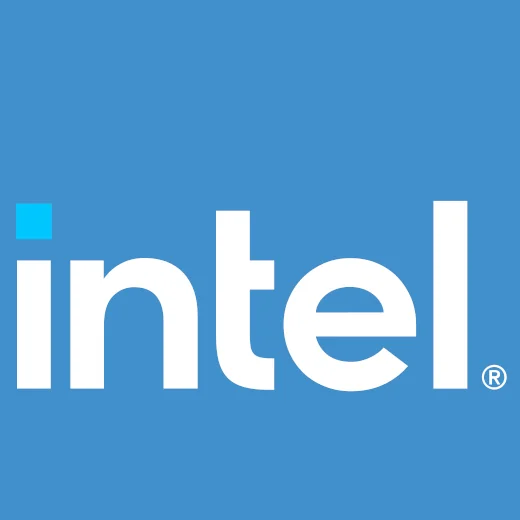Intel To Finally Remove Cannon Lake Graphics Support From Their Linux Kernel Driver

Last year saw Intel CNL / Gen10 support removed from their Mesa drivers while on the table now is eliminating the kernel driver support with the i915 Direct Rendering Manager driver.
Sent out on Friday night were the patches to eliminate the Cannon Lake "CNL" support from Intel's Linux kernel graphics driver, "This removes CNL completely from the driver, while trying to rename functions and macros where appropriate (usually to GLK when dealing with display or with ICL otherwise). It starts with display, which is more straightforward, and then proceed to the rest of i915."
On top of reducing their user-space Intel Mesa driver code size by nearly 11,000 lines of code, removing the Gen10 support from their kernel graphics driver lowers that size by about 1,600 lines of code. The removal is spread across 30 patches now under review for eliminating this defunct microarchitecture.
4 Comments

